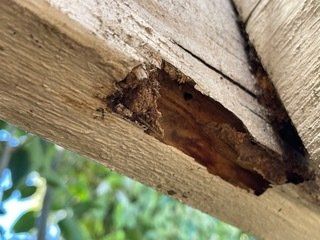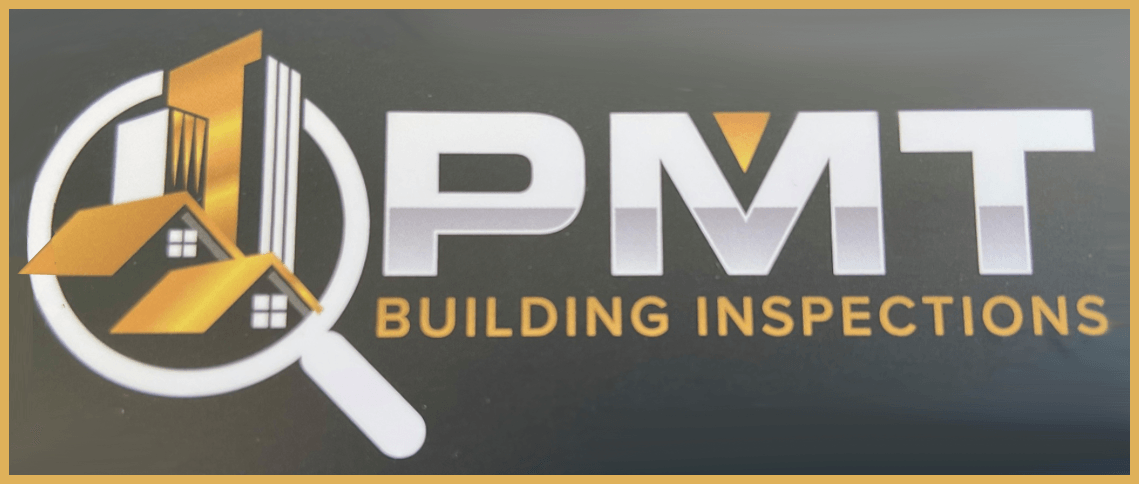Building & Timber
Pest Inspections
Buying a new property?
You’ll need a building and timber pest inspection – that’s where we come in. Here at PMT Building Inspections, we understand that not all aspects of a building are visible during an open home. That’s why we conduct thorough building and timber pest inspections for your peace of mind. If there’s something amiss, we will find it, that’s our promise to you. But what exactly is involved in building and pest inspections, and why are they so important? The answers below might surprise you.

Get a
quote
Contact Us
We will get back to you as soon as possible.
Please try again later.
Building & Timber Pest Inspections. What Are They?
Essentially, a building and timber pest inspection will determine the condition of an existing property. They are generally conducted prior to a buyer purchasing a home and identify any major (or minor) issues that will need to be rectified before finalising the purchase. They aren’t necessarily a legal requirement, but you’ll be going into the purchase blind to any underlying issues without one.
And Why Are They
Important?
First and foremost, you want to make sure your soon-to-be property is safe and liveable. Imagine buying a home only to find out there’s a pest infestation or thousands of dollars worth of water damage.
All of that can be avoided with an estimated 90-minute professional inspection. In addition, as a buyer, these inspections can help you to potentially negotiate with sellers, especially if there are expensive defects or treatments required. This means you can save money in the long run and secure a property that can better protect you and your family.
What Does An
Inspector Lookout For?
Our inspections are comprehensive, with our qualified team looking for any of the following:
| Major and minor cracking | Wood rot |
|---|---|
| Moisture | Timber pests and associated damage |
| Leaks and stains | Plumbing issues |
| Mould | Electrical issues |
| Rust | Window and door functionality |
After visiting the property, our inspectors will draw up a detailed report outlining their findings including a photo of each defect, a comment describing the issue at hand and who should rectify it.
For more information
about how we can help you with your next inspection or for an obligation-free quote, get in touch with our friendly team at PMT Building Inspections today.
All Rights Reserved | PMT Building Solutions



